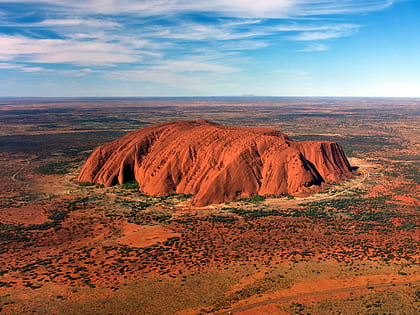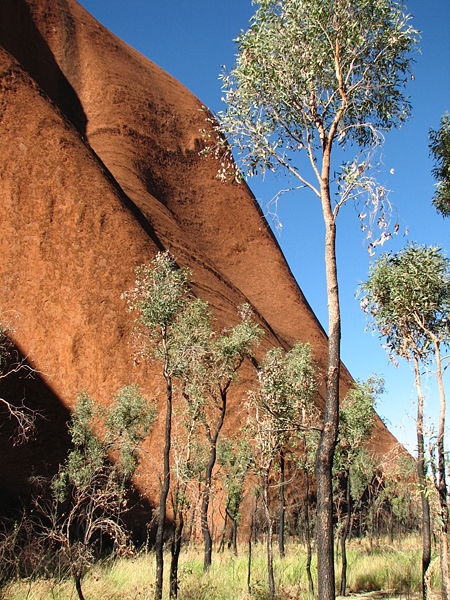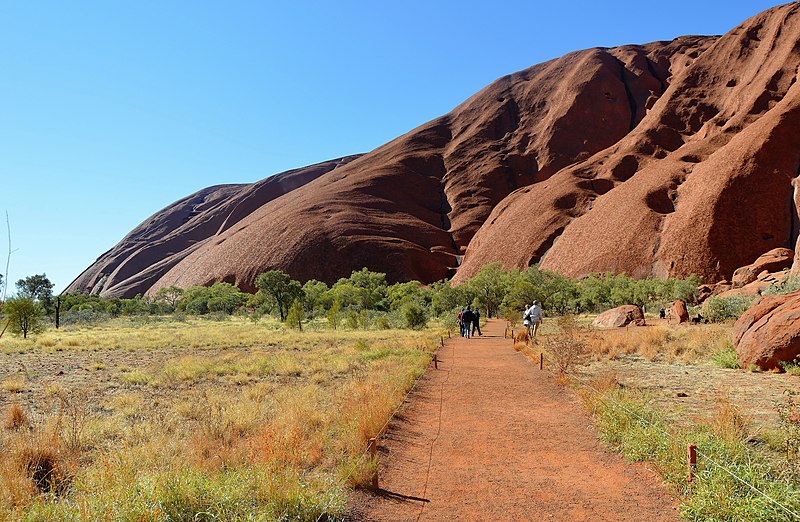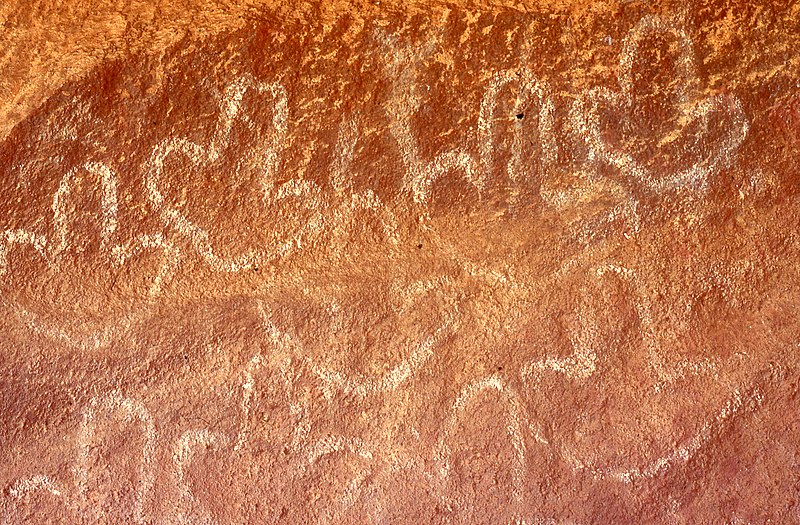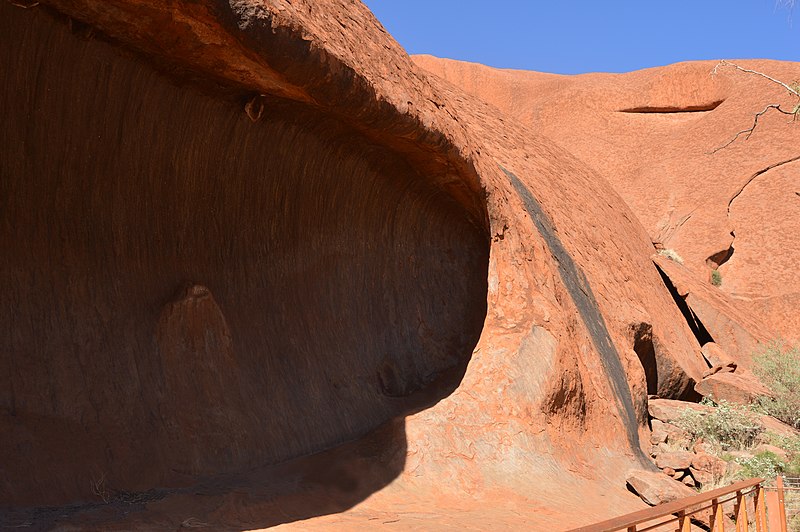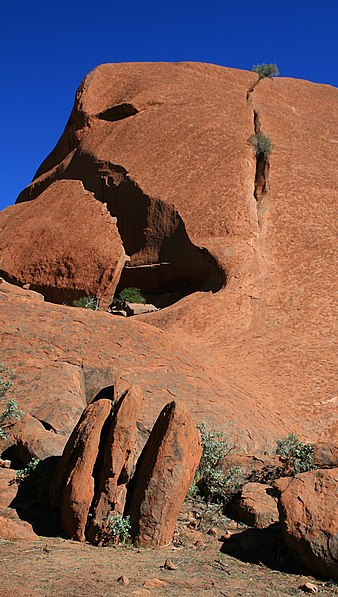Uluru, Uluru-Kata Tjuta National Park
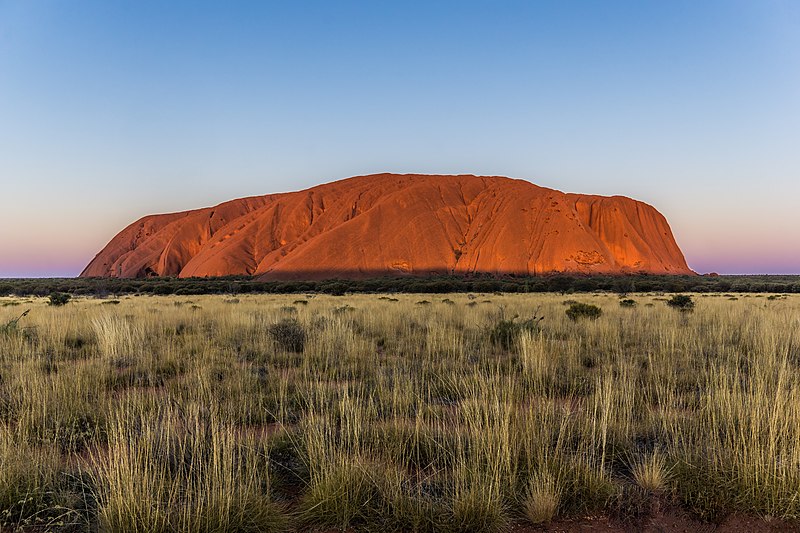
Facts and practical information
Rising from the heart of Australia's Red Centre, Uluru, also known as Ayers Rock, is an iconic natural wonder that captivates visitors with its majesty and cultural significance. This colossal sandstone monolith stands at a towering height of 348 meters and measures an impressive 9.4 kilometers in circumference, making it one of the largest rocks in the world.
Uluru is located in the Uluru-Kata Tjuta National Park, a UNESCO World Heritage site that is co-managed by the traditional owners, the Anangu people, and Parks Australia. For the Anangu, Uluru is a sacred site, and its ancient rock art and spiritual significance are integral to their cultural heritage.
Tourists flock to this awe-inspiring landmark not only for its sheer size and unique ochre hue that appears to change color at sunrise and sunset but also to learn about its rich Aboriginal history. While climbing Uluru was once a popular activity, out of respect for the Anangu's wishes and the site's cultural importance, the climb was permanently closed in October 2019.
Visitors can still fully experience the beauty and mystique of Uluru by walking around its base, joining guided tours, and viewing it from designated platforms that offer spectacular vistas, especially during the golden hours of dawn and dusk. The nearby Cultural Centre provides educational exhibits and the opportunity to purchase authentic Aboriginal arts and crafts.
When planning a trip to Uluru, it's essential to respect the cultural practices and the natural environment. Staying on marked paths, not touching or removing any part of the rock, and adhering to photography guidelines are all part of preserving this magnificent site for future generations.
Uluru-Kata Tjuta National ParkUluru-Kata Tjuta National Park 0872
